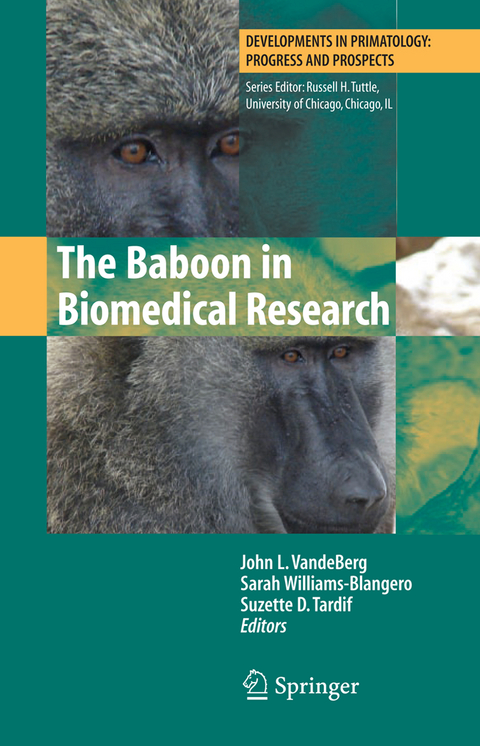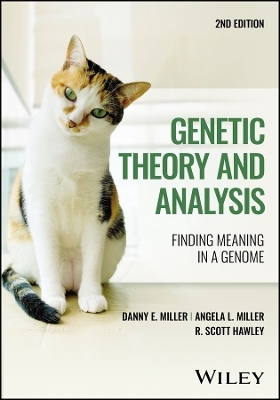
The Baboon in Biomedical Research
Springer-Verlag New York Inc.
978-1-4419-2615-9 (ISBN)
The Development and Status of the Baboon Genetic Linkage Map.- The Study of Captive Baboon Behavior.- Spontaneous Pathology of Baboons.- Growth and Development of Baboons.- Reproductive Biology of Baboons.- Microbiology of Captive Baboons.- Baboon Model for Endometriosis.- The Baboon in Embryology and Teratology Research.- Baboon Models for Neonatal Lung Disease.- The Baboon Model for Dental Development.- Baboon Model for Dyslipidemia and Atherosclerosis.- Baboon Model for the Study of Nutritional Influences on Pregnancy.- Baboon Model for Infant Nutrition.- Baboon Model for Ingestive Behaviors.- Baboon Model for Alcoholic Liver Disease: 1973–2003.- Baboons in Drug Abuse Research.- Neuroimaging in Baboons.- The Baboon Model of Epilepsy: Current Applications in Biomedical Research.- The Baboon in Xenotransplant Research.
| Erscheint lt. Verlag | 6.12.2010 |
|---|---|
| Reihe/Serie | Developments in Primatology: Progress and Prospects |
| Zusatzinfo | XXIV, 392 p. |
| Verlagsort | New York, NY |
| Sprache | englisch |
| Maße | 155 x 235 mm |
| Themenwelt | Medizin / Pharmazie ► Medizinische Fachgebiete ► Biomedizin |
| Naturwissenschaften ► Biologie ► Humanbiologie | |
| Naturwissenschaften ► Biologie ► Zoologie | |
| Sozialwissenschaften ► Ethnologie | |
| Sozialwissenschaften ► Soziologie | |
| ISBN-10 | 1-4419-2615-1 / 1441926151 |
| ISBN-13 | 978-1-4419-2615-9 / 9781441926159 |
| Zustand | Neuware |
| Haben Sie eine Frage zum Produkt? |
aus dem Bereich


